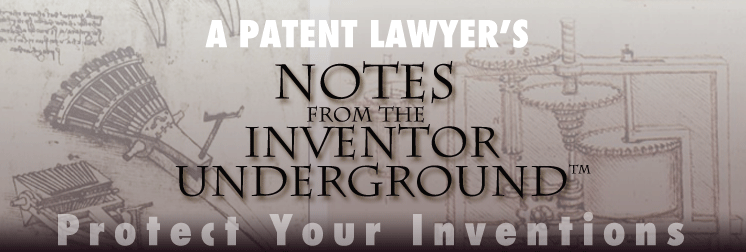Notes from the Inventor Underground

Don’t Rely on the Person of Ordinary Skill in the Art to Save your Patent
Patent and Technology trial lawyer Stan Gibson discusses the level of detail an inventor is required to disclose to have a valid patent.
In order to have a valid patent, an inventor must disclose sufficient detail in the specification to enable the patent. In other words, an inventor must disclose enough detail in the patent to teach a person of ordinary skill in the art to make the invention without undue experimentation. Recent case law makes it clear, however, that inventors cannot rely on the person of ordinary skill in the art to serve as a substitute for missing information in the patent.
The case of Alza Corp v. Andrx Pharamaceuticals LLC, 603 F.3d 935 (Fed Cir. 2010), illustrates this point. In Alza, the patent disclosed an extended release formulation of a compound directed to the treatment of Attention Deficit and Hyperactivity Disorder ("ADHD"). The district court concluded that the patent was not enabled because the specification did not teach the invention without undue experimentation, particularly with respect to the dosage forms. The Federal Circuit affirmed the district court’s finding and rejected the patent holder’s argument that because the dosage and release rates were well known to a person of ordinary skill in the art, the patent was enabled. In rejecting the patent holder’s argument, the Federal Circuit stated that the patent holder "cannot simply rely on the knowledge of a person of ordinary skill in the art to serve as a substitute for missing information in the specification."
The Federal Circuit found that the specification’s reference to dosage forms was no guidance as to how to practice the claimed invention, but rather was only a starting point for further research. Concluding that because there was no disclosure of any specific starting material or any of the conditions under which a process could be carried out, the Federal Circuit held that undue experimentation was required and therefore the patent was not enabled.
In addition, the patent holder had also conceded that a person of ordinary skill in the art would be required to engage in an iterative trial-and-error process to practice the claimed invention. Accordingly, the specification did not satisfy the enablement requirement.
The lesson here is to make sure that the specification is sufficiently detailed that an inventor is not relying on a person of ordinary skill in the art to enable the invention. This means that the patent itself must contain enough information so that a person of ordinary skill in the art will understand the invention without undue experimentation. It is also important not to argue for a claim construction that may lead to questions of enablement–as that may invalidate the claim of the patent.
To view a representative list of Stan’s patent and technology cases, click here.
 Los Angeles Real Estate Litigation Lawyer Jeffer Mangels Butler & Mitchell LLP Home
Los Angeles Real Estate Litigation Lawyer Jeffer Mangels Butler & Mitchell LLP Home

